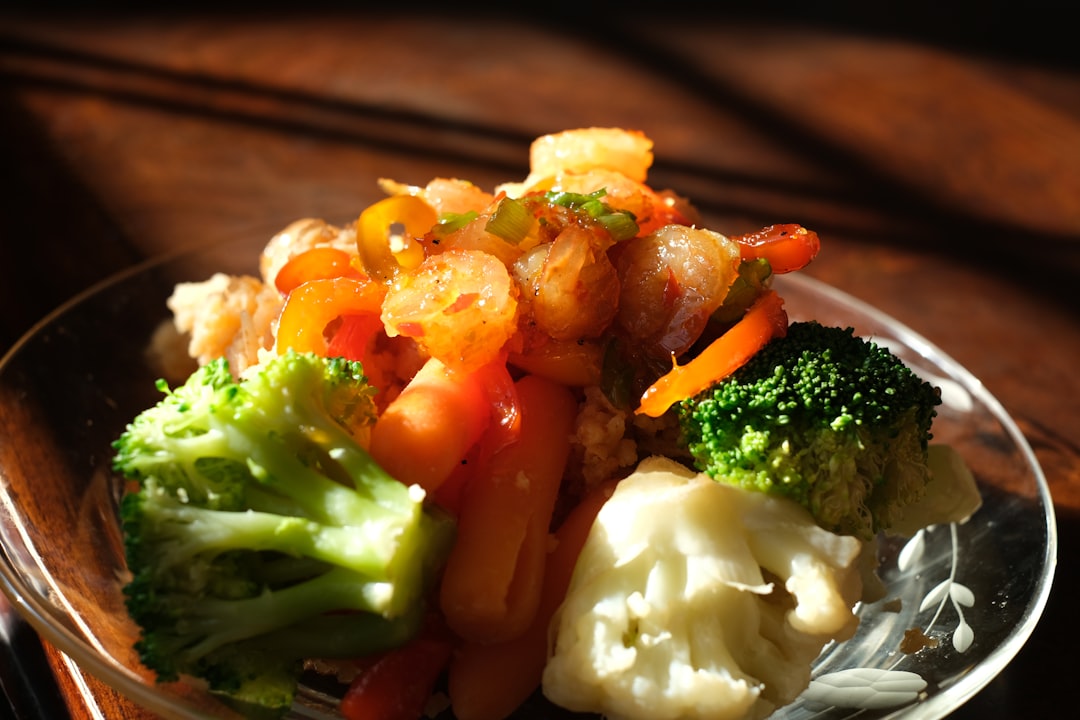Growing Broccoli: Tips for Successful Planting

Broccoli is a nutrient-dense vegetable that is a staple in many healthy diets. It is packed with vitamins, minerals, and antioxidants that promote overall health and well-being. Growing broccoli in your own garden not only ensures a fresh and abundant supply of this nutritious vegetable, but it also allows you to have control over the growing process, ensuring that no harmful chemicals or pesticides are used. In this article, we will explore the benefits of growing broccoli in your own garden and provide you with tips and guidelines for successful broccoli cultivation.
Choosing the Right Broccoli Variety for Your Garden
When selecting a broccoli variety for your garden, there are several factors to consider. First, you need to determine whether you want to grow a standard or a hybrid variety. Standard varieties are open-pollinated and produce plants that are true to type, meaning that the seeds from these plants can be saved and replanted in subsequent years. Hybrid varieties, on the other hand, are the result of crossbreeding two different parent plants and often have desirable traits such as disease resistance or improved flavor.
Some popular broccoli varieties include ‘Green Magic,’ which is known for its large heads and excellent flavor, ‘Belstar,’ which is an early-maturing variety with dense heads, and ‘Calabrese,’ which is a traditional Italian variety that produces large heads with a slightly nutty flavor. It is important to choose a variety that is well-suited to your climate and growing conditions to ensure successful growth.
Preparing the Soil for Broccoli Planting
Soil preparation is crucial for successful broccoli growth. Broccoli plants require well-draining soil that is rich in organic matter. Before planting, it is recommended to test your soil to determine its pH level and nutrient content. Broccoli prefers slightly acidic soil with a pH range of 6.0 to 7.0.
If your soil pH is too low, you can raise it by adding lime. If it is too high, you can lower it by adding sulfur. In addition to adjusting the pH, it is also important to amend the soil with organic matter such as compost or well-rotted manure. This will improve the soil structure and fertility, providing the necessary nutrients for healthy broccoli growth.
Planting Broccoli Seeds vs. Transplants: Which is Better?
| Planting Method | Advantages | Disadvantages |
|---|---|---|
| Broccoli Seeds | Less expensive | Takes longer to mature |
| Broccoli Transplants | Quicker to mature | More expensive |
When it comes to planting broccoli, you have two options: starting from seeds or using transplants. Both methods have their pros and cons. Planting seeds allows you to have a wider selection of varieties to choose from and is generally more cost-effective. However, it requires more time and effort as you need to start the seeds indoors and then transplant the seedlings into the garden.
On the other hand, using transplants allows you to skip the seed starting process and get a head start on the growing season. Transplants are readily available at nurseries and garden centers, making them a convenient option for beginners or those with limited time. However, they can be more expensive than seeds and may not offer as much variety.
If you choose to start broccoli seeds indoors, it is important to provide them with the right conditions for germination. Broccoli seeds require a temperature of around 75°F (24°C) for optimal germination. Once the seedlings have developed their first true leaves, they can be transplanted into the garden.
Ideal Growing Conditions for Broccoli
Broccoli plants thrive in cool weather conditions. They prefer temperatures between 60°F (15°C) and 70°F (21°C) during the day and slightly cooler temperatures at night. If temperatures rise above 80°F (27°C), broccoli plants may bolt, meaning they will prematurely produce flowers and go to seed.
Broccoli also requires full sun to grow properly. It needs at least six hours of direct sunlight each day to develop strong and healthy heads. In terms of spacing, broccoli plants should be planted about 18 to 24 inches apart to allow for proper air circulation and prevent overcrowding.
Watering and Fertilizing Broccoli Plants

Proper watering and fertilization are essential for the healthy growth of broccoli plants. Broccoli requires consistent moisture to thrive, but it is important not to overwater as this can lead to root rot and other diseases. Aim to keep the soil evenly moist, but not waterlogged.
In terms of fertilization, broccoli plants benefit from a balanced fertilizer that is high in nitrogen. Nitrogen promotes leafy growth, which is important for the development of large and healthy heads. It is recommended to apply a slow-release fertilizer at planting time and then side-dress the plants with additional fertilizer every four to six weeks.
Protecting Broccoli Plants from Pests and Diseases
Broccoli plants are susceptible to a variety of pests and diseases that can hinder their growth and development. Common pests that affect broccoli include aphids, cabbage worms, and flea beetles. These pests can be controlled through various methods such as handpicking, using insecticidal soaps or sprays, or introducing beneficial insects like ladybugs or lacewings.
In terms of diseases, broccoli plants can be affected by fungal diseases such as powdery mildew or downy mildew, as well as bacterial diseases like black rot or clubroot. To prevent these diseases, it is important to practice good sanitation in the garden by removing any infected plant material and rotating crops each year.
When to Harvest Broccoli: Tips for Optimal Flavor and Nutrition
Knowing when to harvest broccoli is crucial for achieving optimal flavor and nutrition. The heads should be harvested when they are firm and tight, before the individual florets start to separate. The color of the heads should be dark green or purple, depending on the variety.
To harvest broccoli, use a sharp knife or pruners to cut the main head off the plant, leaving about 5 inches of stem attached. This will encourage the development of side shoots, which can be harvested later. It is important to harvest broccoli heads promptly as they can quickly become overmature and lose their flavor and nutritional value.
Storing and Preserving Broccoli: Tips for Long-Term Use
If you have a surplus of broccoli, there are several methods you can use to store and preserve it for long-term use. One option is to blanch and freeze the broccoli. To do this, simply blanch the florets in boiling water for a few minutes, then transfer them to an ice bath to stop the cooking process. Once cooled, drain the florets and pack them into freezer-safe containers or bags.
Another option is to can the broccoli. This involves packing the blanched florets into sterilized jars and covering them with a brine or vinegar solution. The jars are then processed in a water bath canner to ensure their safety and long shelf life.
Companion Planting with Broccoli: Best and Worst Combinations
Companion planting is a gardening technique that involves planting certain plants together to provide mutual benefits. When it comes to broccoli, there are several plants that grow well with it and provide benefits such as pest control or improved flavor. Some good companion plants for broccoli include carrots, onions, marigolds, and dill.
On the other hand, there are also plants that should not be planted near broccoli as they can hinder its growth or attract pests. Some plants that should not be planted near broccoli include tomatoes, strawberries, and peppers.
Common Mistakes to Avoid When Growing Broccoli
There are several common mistakes that can hinder broccoli growth and development. One common mistake is planting broccoli too late in the season. Broccoli is a cool-season crop and should be planted in early spring or late summer for a fall harvest. Planting it too late can result in poor growth and small heads.
Another mistake is not providing enough nutrients for the plants. Broccoli is a heavy feeder and requires regular fertilization to thrive. It is important to follow a fertilization schedule and provide the plants with the necessary nutrients throughout the growing season.
Growing broccoli in your own garden is a rewarding experience that allows you to enjoy the benefits of this nutritious vegetable while having control over the growing process. By choosing the right variety, preparing the soil, providing optimal growing conditions, and taking steps to protect against pests and diseases, you can ensure successful broccoli cultivation. With proper harvesting, storing, and preserving techniques, you can enjoy a fresh supply of broccoli throughout the year. So why not give it a try and start growing your own broccoli today?



